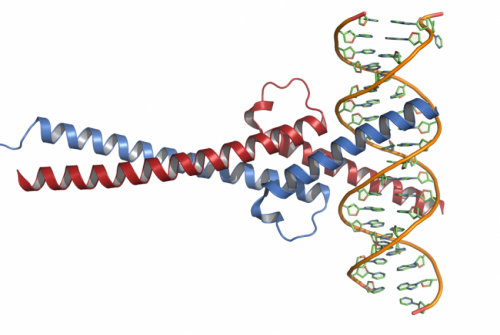Dawkins' fabled cooperative gene discovered in microbes

Geneticists from the Universities of Manchester and Bath are celebrating the discovery of the elusive 'greenbeard gene' that helps explain why organisms are more likely to cooperate with some individuals than others
The renowned evolutionary biologist Richard Dawkins coined the term "greenbeard gene" in his 1976 best seller The Selfish Gene.
The greenbeard is a special type of gene that, said Dawkins, could solve the conundrum of how organisms identify and direct selfless behaviour to towards other selfless individuals.
The existence of greenbeard genes once seemed improbable, but work published in Nature Communications by the team of geneticists has identified a gene that causes a whole range of 'beard colours' in a social microbe.
The microbes - 'slime moulds' - live as single celled organisms, but clump together to form a slug like creature when they run out of food. The newly formed slug can move to help them find new sources of food, but this depends on successful cooperation.
With funding from the Wellcome Trust, NERC and the BBSRC the research team found that slime mould cells are able to decide who they collaborate with. By sequencing their genomes, they discovered that partnership choices are based on a greenbeard gene.
The gene encodes a molecule that sits on the surface of a slime mould cell, and is able to bind to the same molecule in another slime mould cell.
Greenbeard genes stand out because they harbour enormous diversity, with most slime mould strains having a unique version of the gene.
The team discovered that individuals prefer to partner with those that have similar versions of the gene, and the slugs formed with preferred partners do better than those with non-preferred partners.
This demonstrates, according to the team, that there is a whole range 'beard colours' that function to identify compatible partners for cooperation.
Prof Chris Thompson, who led the work at The University of Manchester, said: "Most organisms are social, including microbes. But some individuals are altruistic towards certain individuals and not others. Our discovery of a greenbeard gene goes some way to explaining partner specific cooperative behaviour in slime moulds. And what is especially exciting is the sheer diversity of this gene with every slime mould having its own colour of greenbeard."
He added: "It is certainly more difficult to explain how this might work in humans and other animals.
"But ants, for example, are thought to identify each other socially by using a greenbeard pheromone so it's not beyond the realms of possibility that humans may possess something which works along similar lines."
Professor Jason Wolf, from the Milner Centre for Evolution at the University of Bath, said: "Dawkins's original greenbeard idea seemed fanciful because it was difficult to imagine a scenario where a region of the genome could have all of the necessary properties. Therefore it was really surprising to indentify such a region, and downright astonishing to find that it harboured such a huge array of 'beard colours' that would allow individuals to be very discerning about with whom to cooperate."
More information: Nicole Gruenheit et al. A polychromatic 'greenbeard' locus determines patterns of cooperation in a social amoeba, Nature Communications (2017). DOI: 10.1038/ncomms14171
Journal information: Nature Communications
Provided by University of Manchester















